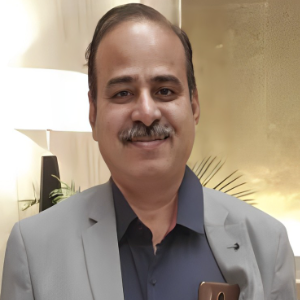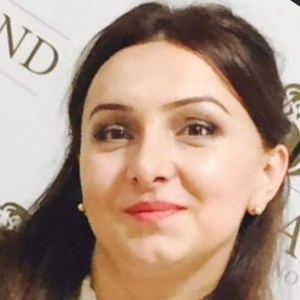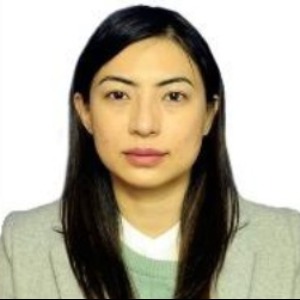Dry dehydration is a common skin condition that occurs when the skin’s natural protective barrier is damaged, leading to water loss and irritation. It can occur due to a variety of factors including excessive sun exposure, cold weather, dry indoor air, aging, and lifestyle factors such as long hot showers or baths and harsh soaps and detergents. The skin becomes flaky, dry, red, and itchy, and is more vulnerable to damage from external factors. In order to treat dry dehydration, dermatologists will usually recommend hydrating and moisturizing the skin. A gentle, fragrance-free cleanser should be used to help maintain skin’s protective barrier. It is also important to avoid hot water and long showers, as this will worsen symptoms. After bathing, a thick layer of a fragrance-free moisturizer should be applied, and reapplied regularly throughout the day. Using heavier oils such as coconut oil or olive oil can also help protect the skin from further dehydration. These should be applied after soaking in the bath for several minutes in lukewarm water. If necessary, topical corticosteroids can also be used to provide relief from the associated itching, although these should only be used as a last resort. It is also important to limit sun exposure and wear SPF30 sunscreen while outdoors. Wearing loose, breathable clothing can also help reduce the risk of further skin damage. In some cases, lifestyle modifications such as drinking more water and eating a healthy diet may also help to relieve symptoms. Vitamins and supplements that contain antioxidants and fatty acids can also help to provide additional skin protection. If lifestyle changes do not provide sufficient relief from dry dehydration, a dermatologist may recommend a prescription treatment. This may include topical medications, antibiotics, or phototherapy. In summary, dry dehydration is a common skin condition that occurs when the skin’s protective barrier is damaged. It is important to use gentle cleansers, moisturize regularly, and limit sun exposure. Other treatments such as topical corticosteroids, oils, and antibiotics may be used to provide relief. If lifestyle changes do not prove sufficient, a dermatologist may recommend a prescription treatment.

Ravi M Rathod
KMCRI, India
Dechelette Corinne
La Peau Autrement, France
Irina Sergeeva
Novosibirsk State University, Russian Federation
George Sulamanidze
Plastic Surgeon at Clinic of Plastic and Aesthetic Surgery and Cosmetology TOTALCharm, Georgia
Nino Tsamalaidze
Ltd Karabadini+, Georgia
Lina Petrossian
California University of Science and Medicine, United States
Surajbala Khuraijam
Manipur Health Services, India
Shrutimita Pokhariyal
Symbio, India
Yasser Mohammed Hassanain Elsayed
Egyptian Ministry of Health, Egypt



Title : Paraneoplastic Autoimmune Multiorgan Syndrome or PAMS: Paraneoplastic pemphigus revisited
Sergei A Grando, University of California Irvine, United States
Title : Modern non-invasive methods for in vivo assessment of skin
Georgios N Stamatas, SGS, France
Title : Personalized and precision dermatology through the view of biodesign-inspired translational & data-driven applications: Revolutionary skin treatments for every concern in clinical dermatology integrating skin care experts and consumers
Sergey Suchkov, N.D. Zelinskii Institute for Organic Chemistry of the Russian Academy of Sciences, Russian Federation
Title : The next generation of threads: Lifting, volumization, and biostimulation in one powerful triple action
George Sulamanidze, Plastic Surgeon at Clinic of Plastic and Aesthetic Surgery and Cosmetology TOTALCharm, Georgia
Title : Lymphoproliferative diseases in the practice of a dermatologist
Irina Sergeeva, Novosibirsk State University, Russian Federation
Title : Art, skin, and dermatology: Interdisciplinary perspectives
Dechelette Corinne, La Peau Autrement, France
Title : Comparative efficacy of omalizumab and dupilumab in children with Chronic Spontaneous Urticaria (CSU): A retrospective cohort analysis
Molynna Nguyen, University of Toledo, United States
Title : "Mirror mirror on the skin” — A low-cost community strategy to reduce melanoma disparities in Washington, D.C.
Kayla Sampson, Georgetown University School of Medicine, United States
Title : Vitiligo: Not just an aesthetic disorder
Mateja Starbek Zorko, University Medical centre Ljubljana, Slovenia
Title : Personalized and Precision Medicine as a unique avenue to have the healthcare model renewed to secure the national biosafety: Advanced skincare solutions in individualized cosmetology, reconstructive plastic surgery and the modern beauty
Sergey Suchkov, N.D. Zelinskii Institute for Organic Chemistry of the Russian Academy of Sciences, Russian Federation